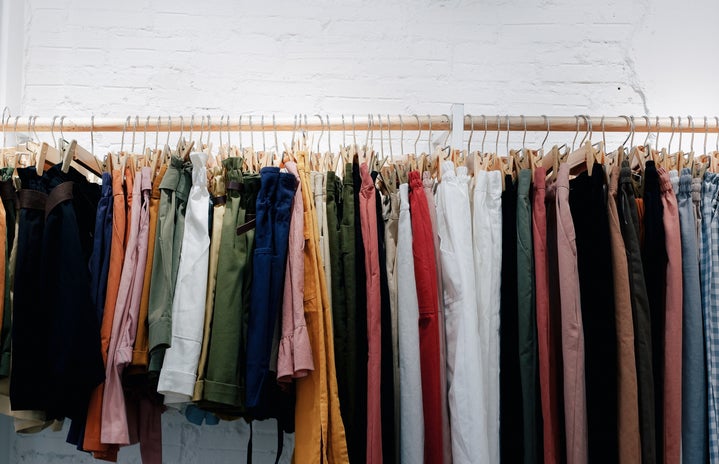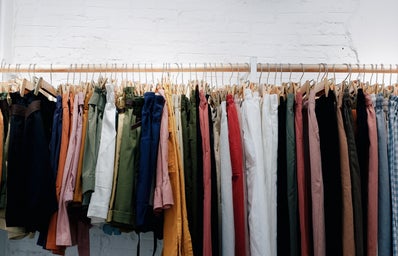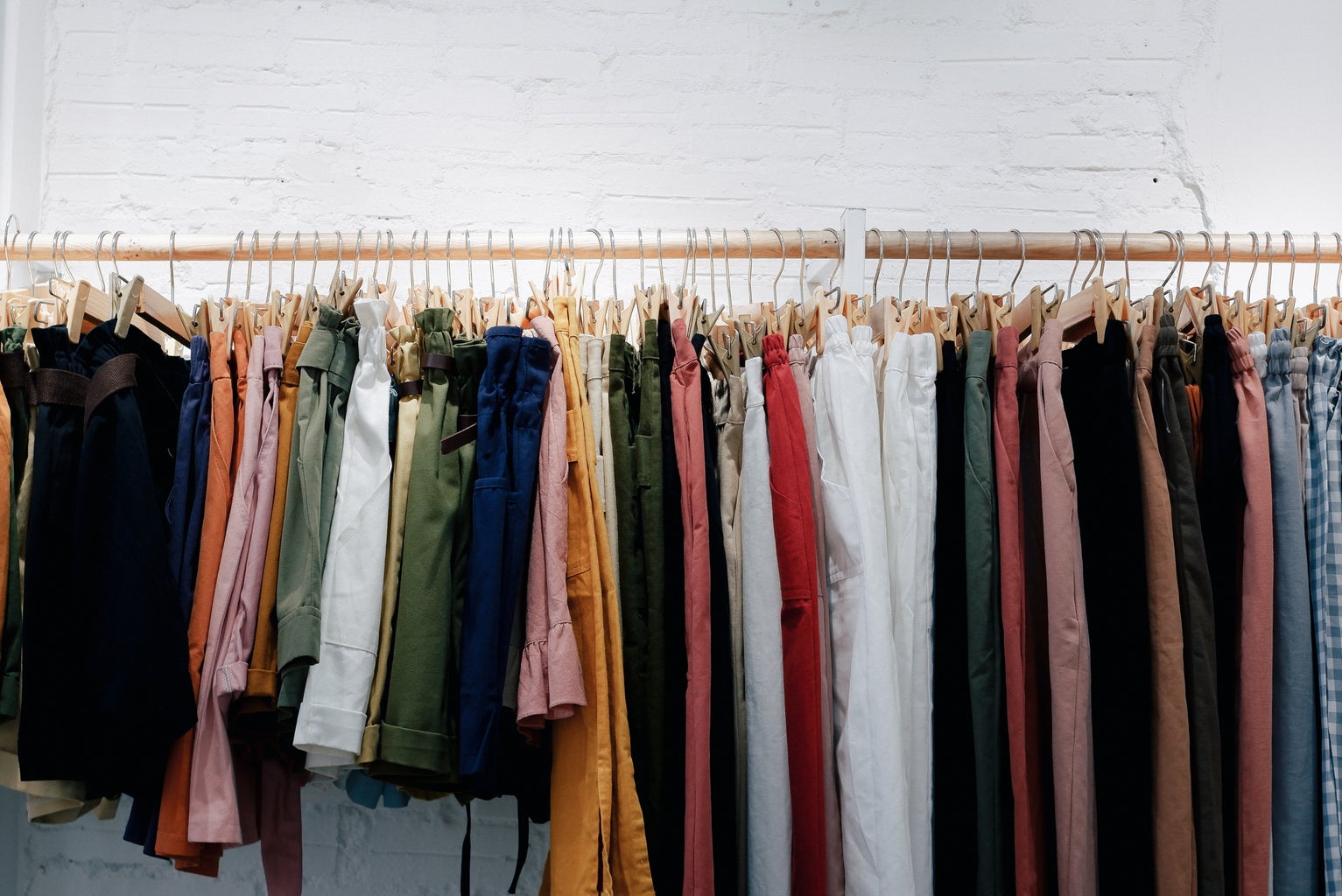Scroll through your TikTok feed, and you’ll find video after video of influencers tipping over big plastic bags, filled with more plastic bags, filled with clothes. The fashion trend cycle is getting shorter, and your favourite influencers are promoting it.
In 2021, an article by The Guardian about shopping overconsumption explained that consumer spending is up a whopping 400 per cent since the 70s. The rise of social media aids in this detrimental buying behaviour. In this fast-paced society, with the ease of posting and exploring social media, trends are rapidly changing, putting pressure on the demands of mass apparel production. As trends continue to change at high speeds, the business opportunity for these unethical garment producers grows.
Social media has become a powerhouse in the fashion industry, producing entire new streams of advertising and careers. These figures of influence (whether they know it or not) hold a responsibility that could be geared towards maintaining a sustainable, lasting wardrobe.
Their audiences are pressured through content acting, as a constant cycle of receiving and buying new items. We see these new items styled once, and a week later, content creators receive a whole new shipment of trendy items. The trend upkeep for the audience is merely impossible, but the upkeep for garment workers is excruciating. When these influencers buy a haul of clothing for their videos, the items most likely come from fast-fashion producers with poor work environments.
The blame can’t all go to the influencers. The fashion industry has been run by a group of monopolistic big players. And with that, the fashion industry is one of the highest fossil fuel producers. So, are the influencers pressuring the designers, or are the designers pressuring the influencers? It goes hand in hand, but the influencers must understand their pressure on the consumer, and everything comes down to the consumer in the end.
Influencers and celebrities can take a lead on this issue. Their content only captures an outfit once, and then it’s old news. Influencers could use their platforms to encourage maintaining a sustainable closet where they hold onto their specific style and lead away from participating in every trend that may come their way. Promote versatile items, encourage capsule closets, embrace comfort, and if they love it, then buy it.
Let’s transform the saying “that’s so last year” from being a dig to a compliment. Besides, being able to style a button-down a hundred different ways is much more impressive to me anyways.



